Today's post will again be a photojournal.

Right after breakfast we met Michael (Mike) DuVernois at the Science Lab and set the agenda for the day. There were seven of us: Mike, Elisa, Sam, Stefan, Hans, James and me. It was decided that we would spend the morning at the IceCube Laboratory, and later on in the afternoon three of us would go to the ARA neutrino detector to run some tests. We went after lunch and worked for about two hours in the field.

The ARA (Askaryan Radio Array) neutrino detector is a new instrument under construction at the South Pole. It will measure radio waves generated by the interaction of neutrinos with the Antarctic ice. Three detector elements (i.e., ARA 1, 2 and 3) have already been deployed in the ice about 200 meters below the surface, with 34 more to come, for a total of 37.

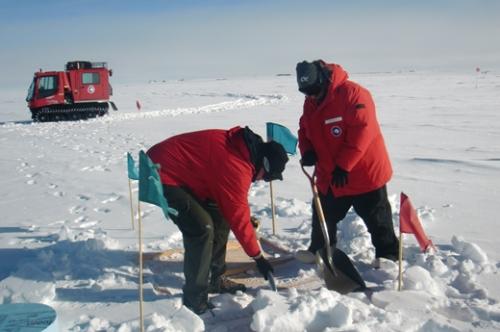
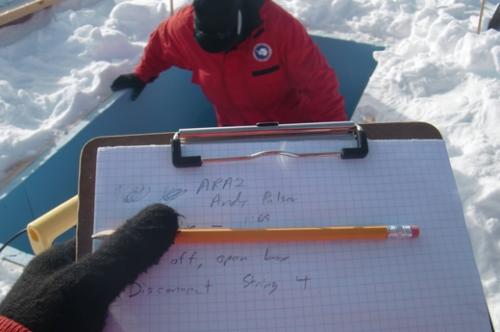
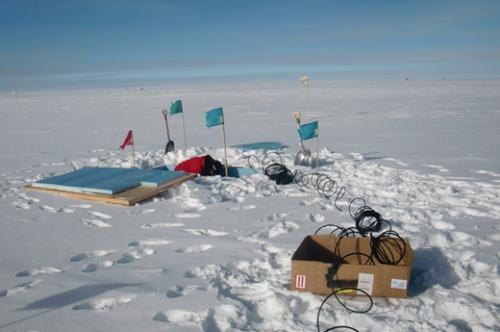
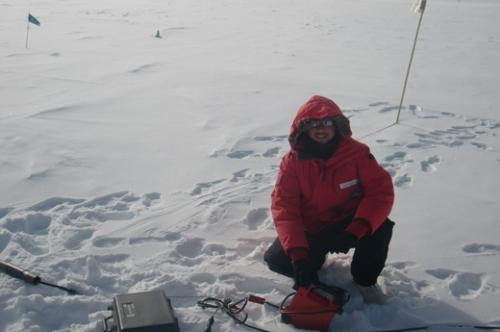
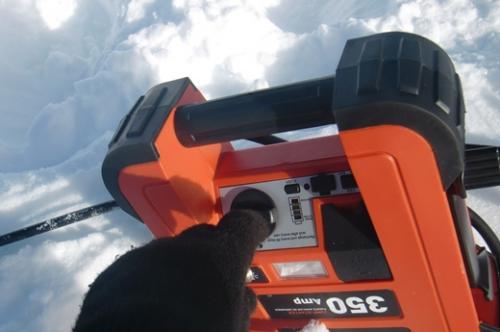
El post de hoy nuevamente será un resumen fotográfico.

Luego del desayuno nos reunimos en el laboratorio de ciencias con Michael (Mike) DuVernois para trazar los planes del día. Siete personas estuvimos en la reunión: Mike, Elisa, Sam, Stefan, Hans, James y yo. Decidimos que ocuparíamos la mañana en el laboratorio de IceCube, mientras que durante la tarde tres de nosotros nos trasladaríamos hasta el detector de neutrinos ARA para realizar algunas pruebas.

El detector de neutrinos ARA (Askaryan Radio Array) es un instrumento nuevo actualmente bajo construcción en el polo sur. Se utilizará mara medir ondas de radio producidas por interacción de los neutrinos con el hielo antártico. De un total previsto de 37 elementos, se han instalado ya tres a una profundidad de 200 metros.








Comments